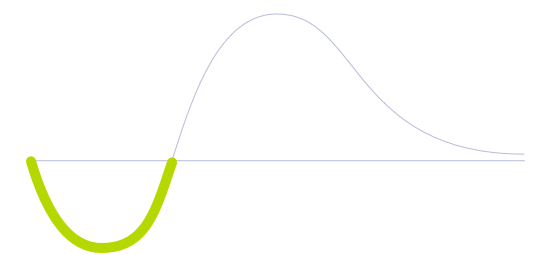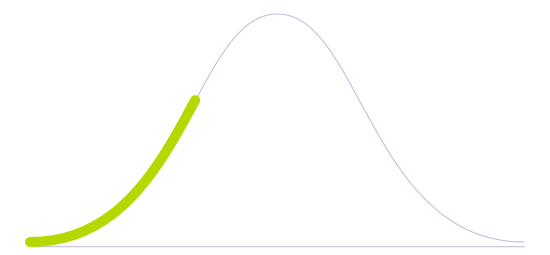Circular Battery

Technology Life Cycle
Initial phase where new technologies are conceptualized and developed. During this stage, technical viability is explored and initial prototypes may be created.

Technology Readiness Level (TRL)
Prototype is fully demonstrated in operational environment.

Technology Diffusion
Embrace new technologies soon after Innovators. They often have significant influence within their social circles and help validate the practicality of innovations.

Circular battery technology addresses the critical issues of waste management and resource scarcity in the battery industry, focusing on creating a sustainable lifecycle for batteries. This innovative approach seeks to solve the environmental problems associated with the disposal of batteries and the high demand for raw materials required for their production. By promoting the reuse, repurposing, and recycling of battery components, circular battery technology aims to reduce environmental pollution, decrease reliance on finite resources, and enhance the efficiency of resource use.
The technology encompasses different techniques for the design, manufacture, and end-of-life processing of batteries in a way that their materials can be efficiently recovered and reused. Circular battery solutions are particularly relevant in sectors such as electric vehicles (EVs), where they can significantly contribute to reducing the carbon footprint and raw material consumption associated with battery production. By extending the lifecycle of batteries through second-life applications and recycling, circular battery technology not only supports environmental sustainability but also offers economic benefits by reducing the costs associated with raw material extraction and battery production.
Circular batteries not only conserve valuable resources but also reduce the environmental impact of battery production. It minimizes the need for mining and extraction of raw materials, avoiding exploitation in conflict areas and child labour while also lowering the carbon footprint of battery manufacturing. Moreover, repurposing and remanufacturing, together with recycling strategies, decreases the risk of soil and water pollution caused by the hazardous components of batteries ending up in landfills.
Institutions, businesses, and research entities are actively investing in circular battery technology, exploring innovative methods for battery design, material recovery, and second-life applications. This collective effort represents a pivotal step towards achieving a more sustainable and resilient energy future, aligning with global efforts to combat climate change and resource depletion.
Image generated by Envisioning using Midjourney